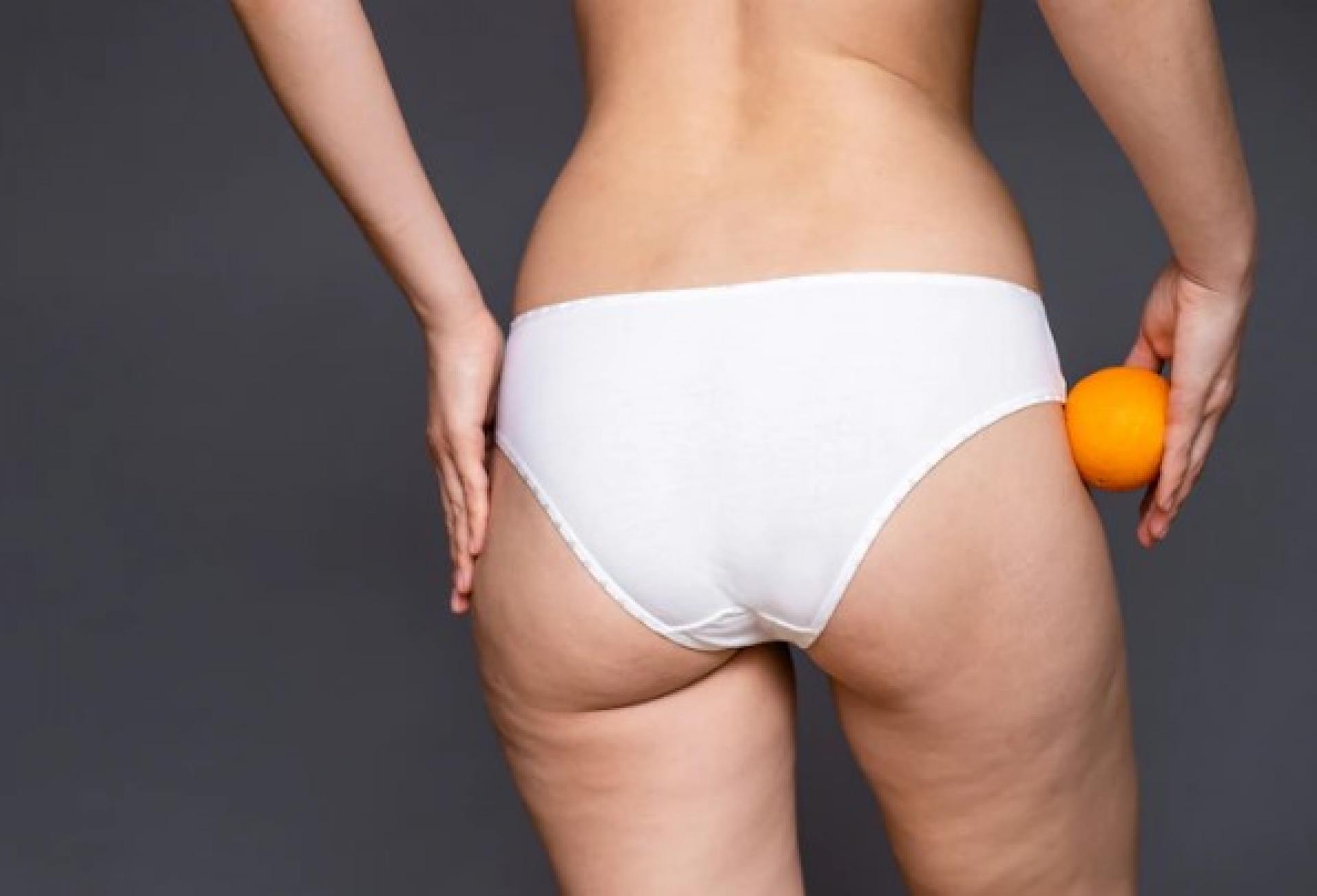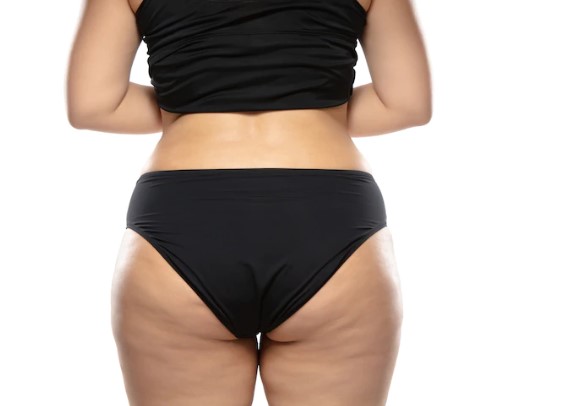
Fibrosclerotic edematous panniculopathy, commonly called cellulitis , is a common skin infection, which can be painful in some cases, may appear as a red and tender area to the touch, It usually appears on the surface of the skin , and it can also affect the inner tissues of the skin.

Cellulite can be dangerous to health, since it can (Healthline, 2020) “spread and affect the lymph nodes and bloodstream” and can also cause emotional distress in the person who suffers from it. Although cellulite can appear in men and women, the female population is usually more prone. “It can be assured that the majority of women will suffer to a greater or lesser degree from the cellulite phenomenon during the course of their lives, regardless of age or weight.” (Offarm, 2007) Regardless of whether the person is thin or thick, they can suffer from this infection.
Cellulite usually appears in the upper parts of the body, Some of the most affected areas may be the hips, the upper third (thighs) and buttocks . In addition, there are other types of cellulite that can affect the ankles, knees and legs, each one differs according to its appearance, cause and pain. The appearance varies according to different factors , they can be grouped in two ways (Offarm, 2007) “those that are innate to the person, that is, those that could not be outlined to our liking or it would be very difficult to carry it out, and modular ones to prevent or improve the progress of cellulite.” However, there are some factors that are difficult to model, for example:
Hormonal: Although cellulite occurs more in women, it is due to progesterone that enhances fat accumulation and estrogens promote fluid retention. “The critical stages that favor the development of cellulite are adolescence, the premenstrual period, pregnancy and menopause, where these hormones fluctuate significantly” (Offarm, 2007) although the hormonal factor is one of the most common, it is not conclusive for its development.
Genetics: It is common to inherit cellulite, for this reason, it is common to find people who are not overweight, but suffer from the infection.
Taking into account some factors that influence the appearance of cellulite, it is necessary to mention its classification, according to different criteria that are defined mainly by its appearance: soft, edematous and compact . The soft one is a cellulite of little consistency, associated with atrophic muscles. Edematous, has a viscous consistency, is usually painful to the touch, and is a consequence of fluid retention. Compact, its consistency is hard to the touch, firm, where cellulite nodules are easily observed.

To treat this infection, we must keep in mind that “the application of topical preparations is not enough, but hygienic and dietary measures will also have to be followed : balanced diet, routine physical exercise, leading a healthy life.” (Offarm, 2007) The mixture of these factors facilitates the fight against cellulite.
Sources
Cellulitis
Everything you need to know about cellulite

Cellulite can be dangerous to health, since it can (Healthline, 2020) “spread and affect the lymph nodes and bloodstream” and can also cause emotional distress in the person who suffers from it. Although cellulite can appear in men and women, the female population is usually more prone. “It can be assured that the majority of women will suffer to a greater or lesser degree from the cellulite phenomenon during the course of their lives, regardless of age or weight.” (Offarm, 2007) Regardless of whether the person is thin or thick, they can suffer from this infection.
Cellulite usually appears in the upper parts of the body, Some of the most affected areas may be the hips, the upper third (thighs) and buttocks . In addition, there are other types of cellulite that can affect the ankles, knees and legs, each one differs according to its appearance, cause and pain. The appearance varies according to different factors , they can be grouped in two ways (Offarm, 2007) “those that are innate to the person, that is, those that could not be outlined to our liking or it would be very difficult to carry it out, and modular ones to prevent or improve the progress of cellulite.” However, there are some factors that are difficult to model, for example:
Hormonal: Although cellulite occurs more in women, it is due to progesterone that enhances fat accumulation and estrogens promote fluid retention. “The critical stages that favor the development of cellulite are adolescence, the premenstrual period, pregnancy and menopause, where these hormones fluctuate significantly” (Offarm, 2007) although the hormonal factor is one of the most common, it is not conclusive for its development.
Genetics: It is common to inherit cellulite, for this reason, it is common to find people who are not overweight, but suffer from the infection.
Taking into account some factors that influence the appearance of cellulite, it is necessary to mention its classification, according to different criteria that are defined mainly by its appearance: soft, edematous and compact . The soft one is a cellulite of little consistency, associated with atrophic muscles. Edematous, has a viscous consistency, is usually painful to the touch, and is a consequence of fluid retention. Compact, its consistency is hard to the touch, firm, where cellulite nodules are easily observed.

To treat this infection, we must keep in mind that “the application of topical preparations is not enough, but hygienic and dietary measures will also have to be followed : balanced diet, routine physical exercise, leading a healthy life.” (Offarm, 2007) The mixture of these factors facilitates the fight against cellulite.
Sources
Cellulitis
Everything you need to know about cellulite
Laura Isabel Mesa Arcila, Social Communicator
For Satori Beauty

